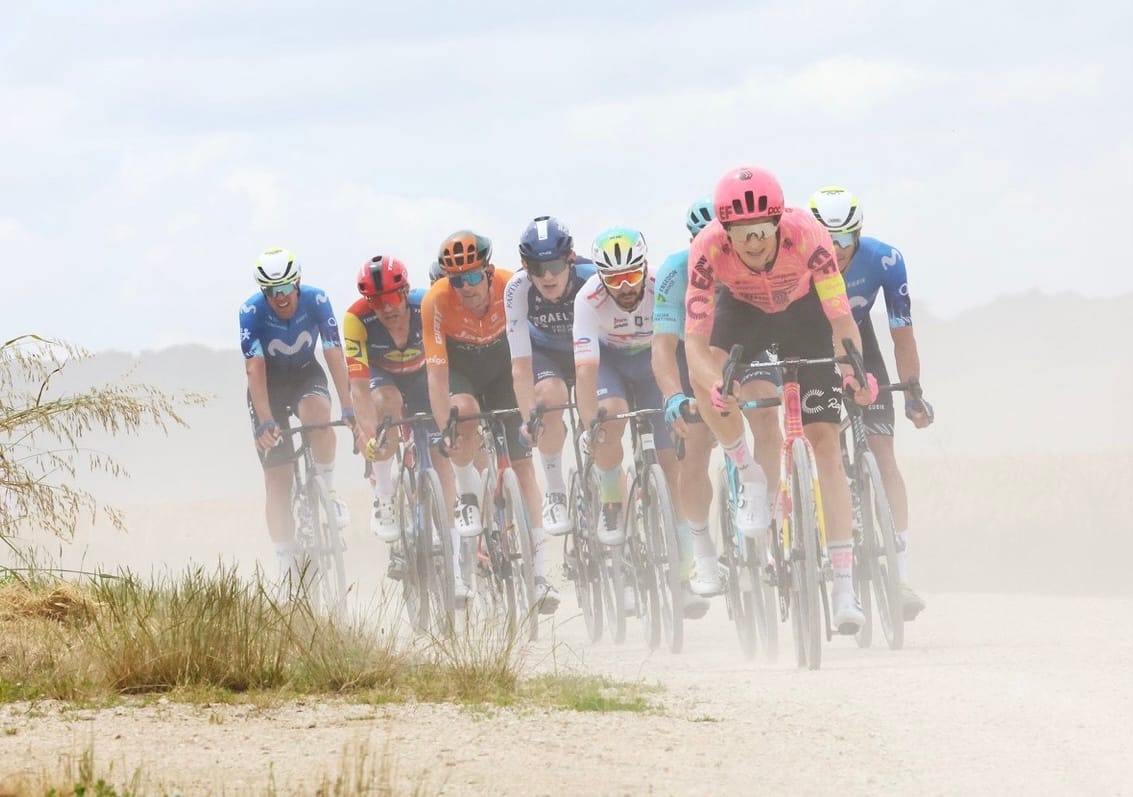The Controversy of Gravel Stages in the Tour de France

“Last time I checked we did road cycling.” - Simon Yates.
The last two days have been nothing short of hilarious for anyone who enjoys gravel racing. For 364 days of the year, roadies bemoan gravel as an unserious sport for less skilled, slower, goofball riders. That is until the Tour de France includes a few short gravel sectors on a single stage. Because then, gravel is far too difficult, even for the world's best riders. It's unfair! It's too dangerous! It's not road cycling damnit!
Here's the rest of the quote from Simon:
"You could argue that gravel is also a road, but it’s not something that I really enjoy."
Bahaha. There it is. Yes, gravel roads are.... wait for it.... roads. Hell, historically speaking the Tour de France started as a gravel race. And it's been over far worse than that immaculate, fast and smooth gravel we saw in Stage 9. In 1919, riders rode over a course that was pockmarked to hell thanks to the shelling that had taken place over the previous 4 years.
Even more recently, the passage over the Galibier was gravel until 1976. And the famous Giro Gavia win of Andy Hampsten was done on dirt in a blizzard in 1988.
What I will say, is that Stage 9 was perhaps the most entertaining of the tour. Nothing like watching pro cyclist have to dismount to run up a moderately steep hill:
Des coureurs à pied dans les chemins blancs !
— Eurosport France (@Eurosport_FR) July 7, 2024
Le Tour de France, c'est en intégralité sur Eurosport avec #LesRP #TDF2024 https://t.co/UoMD5ASRJg pic.twitter.com/S7QBPhpHR6
Before anyone screams something about them not having the right gear, these guys are all riding 28mm to 32mm tires, when gravel racing started we were all out there on rougher roads with what was available, I was often racing on tubed 23s. It's also strange seeing this outrage when the Tour also includes cobblestone sectors, as if those are smooth sailing.
At the end of the day it's called the Tour de France. It's not called, who can watch their power meter for several perfectly paved mountain climbs. I enjoy seeing a GC contender who's actually an all arounder and not just the skinniest guy who can go up a mountain fast.





